Changing Gear Workshop: How to reduce the impacts of visitor travel on cultural and heritage sites?
The first part of the day was dedicated to the concrete case study of the UNESCO site of Jelling, where the workshop took place, and understanding the issues that the site faces as a result of the increasing numbers of visitors. Morten Teilmann Jorgensen, Director of the Museum Kongernes Jelling, took the participants outside to see first-hand Jelling’s attractions – rune stones, burial mounds and palisade – but also the opportunities and challenges it faces in terms of visitor transportation.
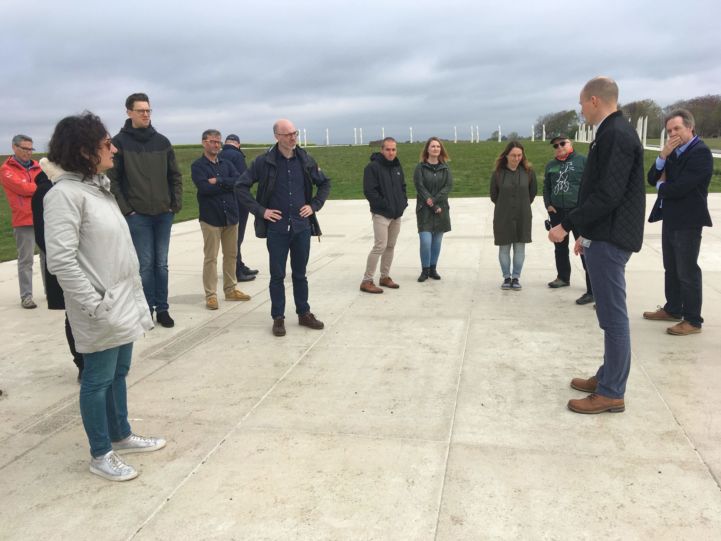
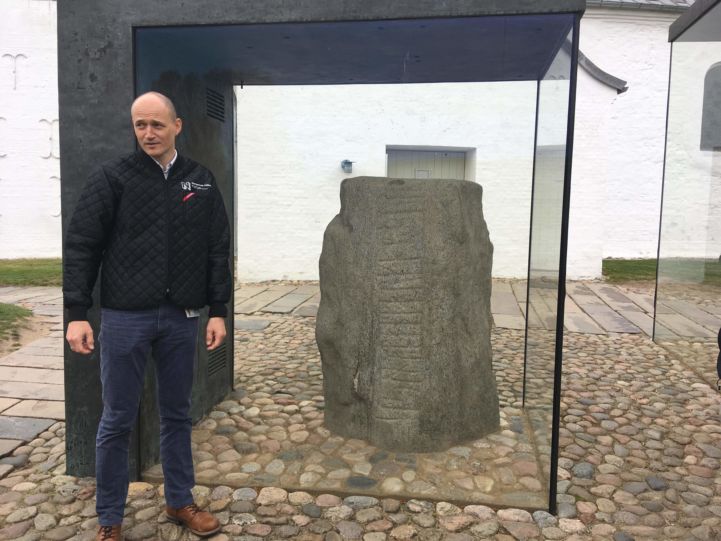
After Jelling was awarded the UNESCO World Heritage status in 1994, many visitors started coming to visit the site and their number increased significantly when a new visitor exhibition was installed in 2015, attracting many schools and families. This increasing demand makes it hard to balance the need to protect and conserve the site without depriving potential visitors of the opportunity to learn from this unique reminder of the Viking era.
Most visitors currently come to Jelling by car, which creates challenges with congestion and lack of car parking, particularly during the summer months, but also negatively affects the experience for other visitors (e.g. cyclists don’t feel safe on the roads surrounding the site). Promoting bikes and public transport as ways of accessing UNESCO sites is thus a real need in places such as Jelling.
A new initiative aiming to encourage the use of the bicycle has been developed by the local public authority, Vejle Municipality, entitled: Bike Friends. It is a network of 25 businesses that have committed to help passing cyclists (e.g. if they have a flat tire, if they are looking for directions etc.).
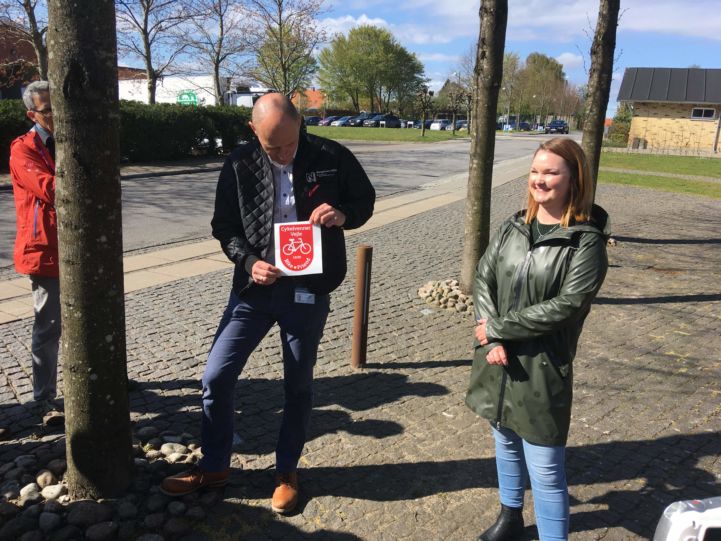

The workshop then continued inside with the participants identifying some of the common issues experienced by cultural sites; proposing solutions and studying some other concrete cases for inspiration.
Henrik Lythe Jorgensen from Danish Cycling Tourism presented a user’s perspective with a guide on what steps a UNESCO site should take to become more bike friendly. Richard Weston from the University of Central Lancashire gave some ideas on how to enable behaviour change – setting our both the ‘carrot’ and the ‘stick’ approaches. Some of the soft measures mentioned included a reduced price for people showing up by public transport and providing better parking facilities for bikes.
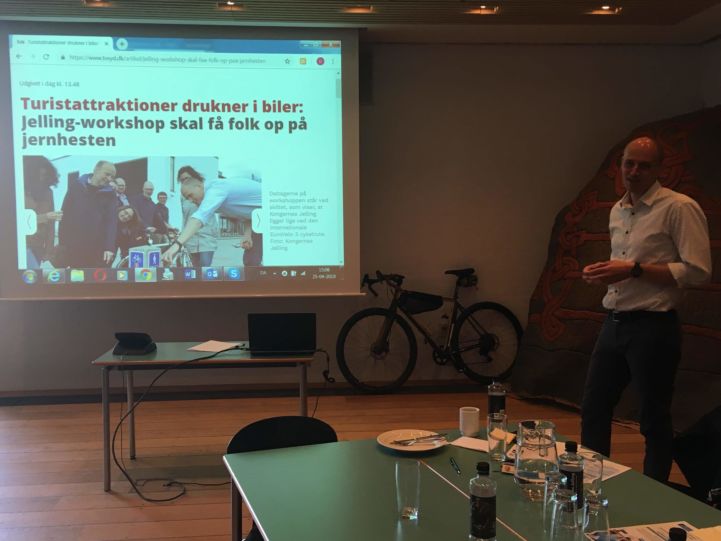
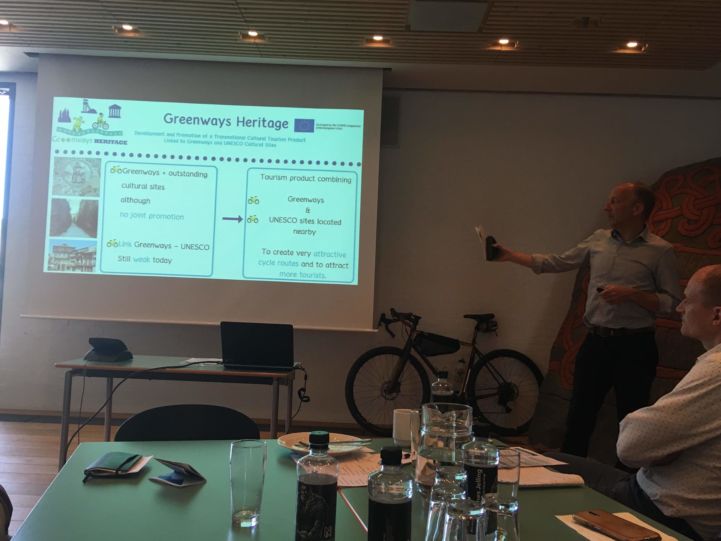
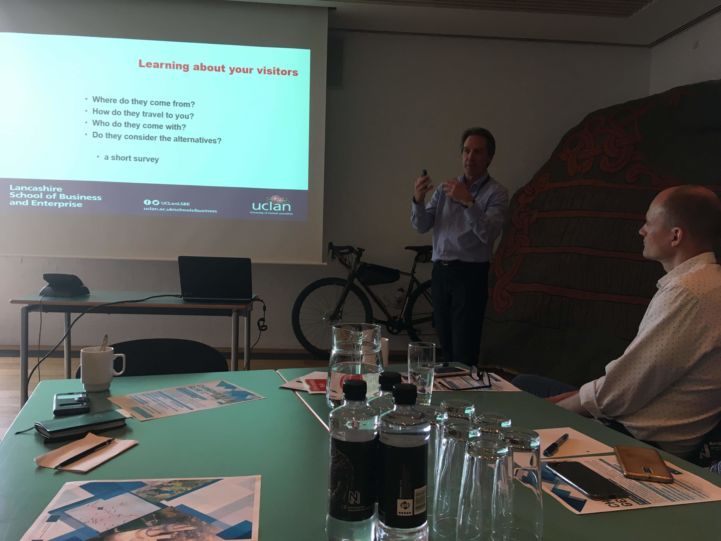
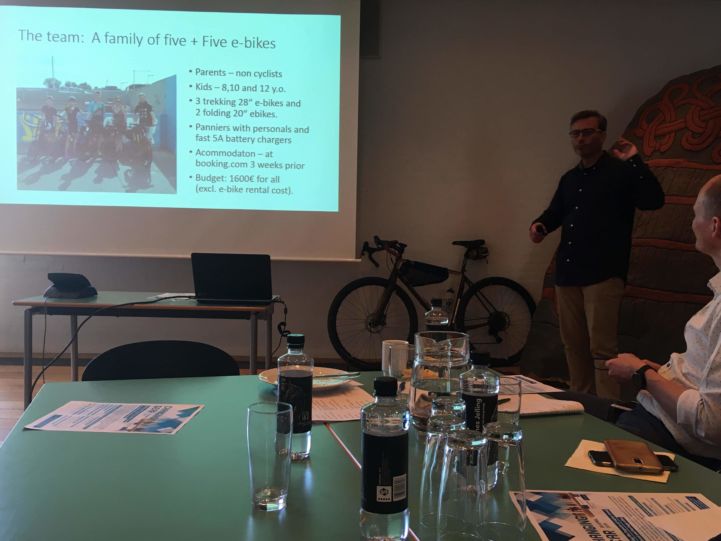
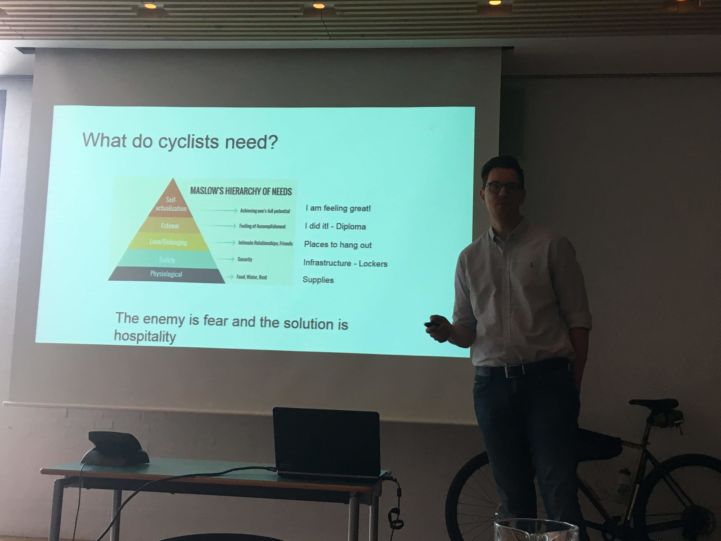

The afternoon started with 3 very diverse case studies. Jakub Ditrich presented his “Grand Tour Czech: How to reach most UNESCO sites in Czechia in just one week?”, a cycling tour he has developed in Czechia. Kris Rockele from the Antwerpen Province in Belgium presented Greenways Heritage, a COSME project that started at the same time as the EuroVelo 3 – Pilgrims Route project and has many connections with it. One of the deliverables of this project is the creation of a GIS database to store all greenways and UNESCO sites in Europe. Finally, Richard Weston took the stage again to present some good and bad practices from UNESCO sites’ websites. The order in which modes of transportation to access the sites are presented is very important, and UNESCO sites would do well to start with cycling!
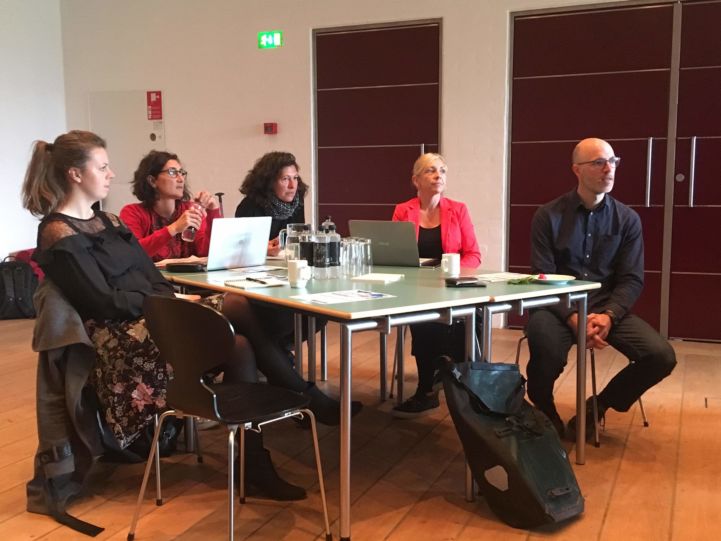
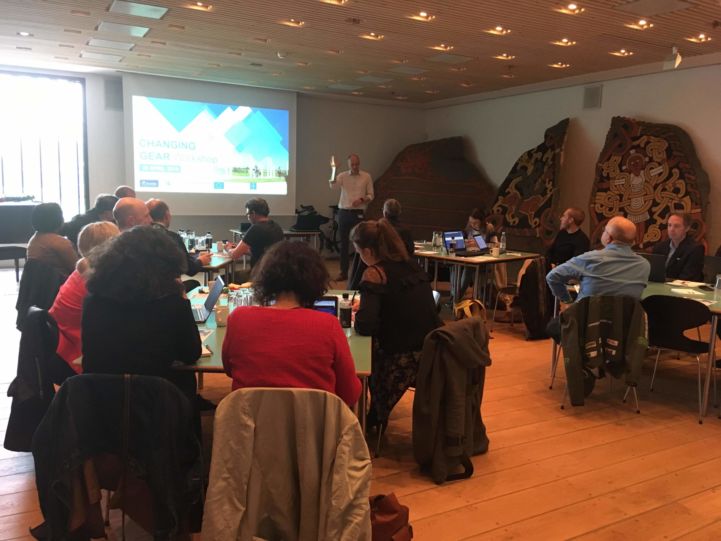
The day closed with round tables in which the participants in the workshop, divided in smaller groups, had the opportunity to exchange on what they had learnt and to reach some conclusions. Some key findings were that there is a natural synergy between UNESCO sites and cycling as they are both about sustainability; that the UNESCO sites should assume that the majority of visitors will come by bike, and plan accordingly; and that UNESCO sites should make it easy for cyclists, give them good information and the means to overcome their fears.
This hard day of learning and thinking was then wrapped around some delicious Danish cakes.
Head over to the dedicated page for the Changing Gear Workshop for additional information including the event programme and presentations.